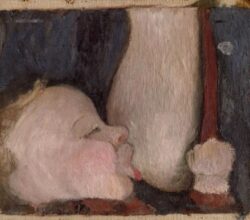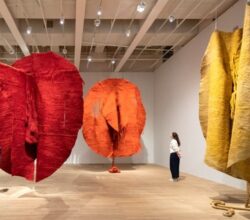
John Currin’s Paintings Are Disgusting and Amoral. That’s Why They’re So Good
Rosanna McLaughlin | ArtReview | 14th November 2022
Libido is in danger of becoming a “persona non grata, an entity too embarrassing to engage with openly” in contemporary art. Figurative painting is increasingly populated with works driven by a desire to be ethically good while avoiding “interiority”. Enter the work of John Currin, an artist known for his “libidinous” portraits of women. His current work is “horny, gross and humiliating” . But it expresses a sought-after quality – spirit. “A sick spirit, undoubtedly, but a spirit nonetheless.”


